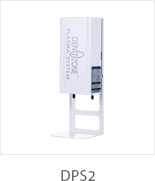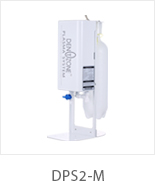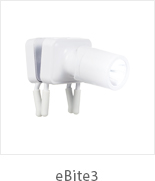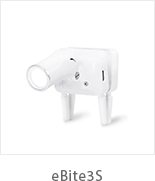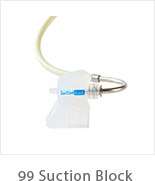| Title | Fuel injectors are a key component of modern internal combustion engin… |
|
While it's possible to recharge your AC system at home using DIY recharge kits available at auto parts stores, it's recommended to have a professional technician perform the recharge. This ensures that the correct amount of refrigerant is used, there are no leaks in the system, and the job is done safely and correctly. AC recharge, also known as an air conditioning recharge, is the process of refilling the refrigerant in your vehicle's AC system. The refrigerant is a chemical substance that cools the air as it passes through the AC system, making the air conditioning system work efficiently. Uneven tire wear can also affect your vehicle's performance and safety. For example, tires with uneven wear may not provide optimal traction, especially in wet or slippery conditions. By rotating your tires, you can ensure that each tire wears out at a similar rate, maintaining consistent performance and safety levels. ABS is a lightweight material, which makes it easy to handle and transport. It is also relatively easy to machine, mold, and shape, allowing for intricate designs and complex geometries to be achieved. This versatility in processing methods makes ABS a preferred material for a variety of manufacturing processes, such as injection molding, extrusion, and 3D printing. Newer fuel injection systems, such as gasoline direct injection (GDI) and direct-injection diesel engines, continue to evolve to improve fuel efficiency, power output, and emissions control. These systems use advanced technology to deliver fuel with even greater precision and efficiency, contributing to cleaner and more powerful engines. Rotating your tires is a simple yet crucial maintenance task that can help maximize the performance and longevity of your tires. By ensuring even wear across all four tires, you can improve traction, fuel efficiency, and overall safety while saving money on premature tire replacements. Regular tire rotations should be part of your vehicle maintenance routine to keep your tires in optimal condition and your vehicle running smoothly on the road. Common applications of ABS include automotive parts, electronic housings, toys, consumer goods, and household appliances. Its properties make it well-suited for these products where a combination of strength, impact resistance, and ease of processing is required. 1. **Warm Air**: If the air blowing from your vents is no longer cold, it could be a sign that the refrigerant level is low. 2. **Poor Airflow**: Reduced airflow from the vents could also indicate a low refrigerant level. 3. **Strange Smells**: Foul smells coming from the AC vents may indicate mold growth due to excess moisture in the system. 4. **Loud Noises**: Unusual noises when the AC is running could be a sign of a problem with the compressor or other components. A fuel Injector Pulse Width is a small electrically-operated valve that sprays a precise amount of pressurized fuel into the combustion chamber of the engine. This process is controlled by the engine control unit (ECU), which calculates the optimal fuel delivery based on factors such as engine speed, load, temperature, and oxygen content in the exhaust. Fuel injectors must be carefully calibrated to ensure the right amount of fuel is delivered at the right time for optimal combustion. Clogged or faulty fuel injectors can lead to engine misfires, poor fuel economy, and increased emissions. Regular maintenance, such as cleaning or replacing fuel injectors as needed, can help prevent these issues and ensure the engine runs smoothly. During the hot summer months, a properly functioning air conditioning system in your vehicle is essential for keeping you cool and comfortable while driving. Over time, you may notice that your AC isn't blowing as cold as it used to, which could indicate that it's time for an AC recharge. In this article, we'll discuss what AC recharge is, how it works, when to recharge your AC, and how to recharge the system. During operation, the oxygen sensor continuously monitors the oxygen levels in the exhaust gases. The engine control unit (ECU) uses this information to adjust the air-fuel ratio to achieve optimal combustion. If the air-fuel mixture is too lean (excess oxygen) or too rich (excess fuel), the ECU makes adjustments to maintain the ideal ratio for efficient combustion. 3. HID Bulbs: HID bulbs produce a bright, bluish-white light that closely resembles natural daylight. They offer superior visibility and are often found in high-end vehicles. However, HID bulbs can be more expensive to replace and require specialized equipment for installation. How does an oxygen sensor work? The oxygen sensor is typically mounted in the exhaust system, either in the exhaust manifold or near the catalytic converter. It contains a ceramic zirconia or titanium dioxide element that generates a voltage signal based on the oxygen content in the exhaust gases. When you take your vehicle in for an AC recharge, a technician will first check the refrigerant level and inspect the system for any leaks. If the refrigerant is low, the technician will use specialized equipment to remove the existing refrigerant, vacuum the system to remove any air and moisture, and then refill it with the correct amount of refrigerant specified by the manufacturer. |
|
